Here, Minister of Planning and Investment Nguyen Chi Dung said that Vietnam identifies high-tech development, especially the semiconductor industry, as one of the areas that creates breakthroughs for development and is an opportunity for Vietnamese enterprises to participate more deeply in the global value chain. In the near future, Vietnam will become a reliable partner, an important link in the global semiconductor manufacturing supply chain.
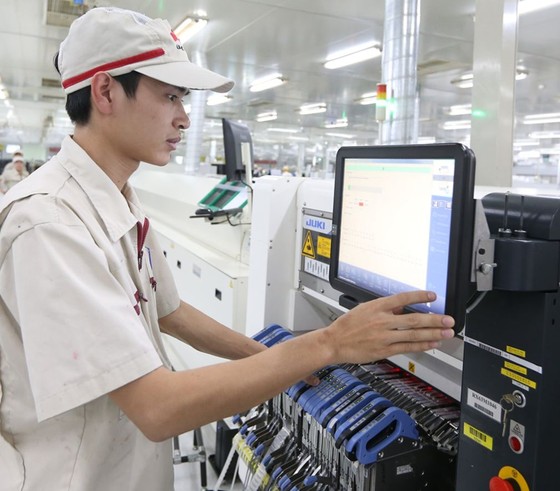
Great determination
Discussing at the conference, international delegates all agreed that Vietnam has all the necessary conditions and factors to develop the semiconductor industry, from a stable political system, favorable geographical location to abundant human resources in the field of engineering and technology, and increasingly developing digital infrastructure. In recent times, the Vietnamese Government has paid special attention to promoting investment cooperation and developing the semiconductor industry in Vietnam. The Government has assigned the Ministry of Planning and Investment, the Ministry of Information and Communications, and other ministries and branches to develop an action plan and strategy to develop this industry in Vietnam, and to develop a human resource development project with the goal of forming a team of 50,000 engineers for this industry by 2030.
Minister Nguyen Chi Dung emphasized that Vietnam has a lot of potential and opportunities to develop the semiconductor industry ecosystem such as having an abundant workforce in the field of engineering and technology suitable for the semiconductor industry; having prestigious research and training units in the semiconductor field such as Hanoi National University and Ho Chi Minh City National University, Danang University, Hanoi University of Science and Technology. Large enterprises have resources and are ready to cooperate in developing the semiconductor industry such as Viettel, VNPT, FPT, CMC... Vietnam has been attracting more and more large corporations in the semiconductor industry from the United States, Korea, Japan, European countries, Taiwan (China)...
According to Minister Nguyen Chi Dung, Vietnam has been building many attractive investment incentive mechanisms for semiconductor companies and corporations. Semiconductor investment projects in the high-tech sector are entitled to the highest incentives within the framework of Vietnamese law. Vietnam has established the National Innovation Center (NIC) and three high-tech zones in Hoa Lac (Hanoi), Ho Chi Minh City and Da Nang with full infrastructure conditions ready to welcome semiconductor investors with high incentive mechanisms. NIC and these high-tech zones will be an important bridge to support the development of the Vietnamese semiconductor industry ecosystem.
“Vietnam is committed to actively contributing to the innovation ecosystem of the semiconductor industry in the world in general and in Vietnam in particular. In the near future, we believe that Vietnam will become a reliable partner and an important link in the global semiconductor manufacturing supply chain. The Vietnamese Government will always accompany and support semiconductor organizations and enterprises in realizing the vision and development goals of the relevant parties,” Minister Nguyen Chi Dung stated.
Within the framework of the Vietnam Semiconductor Industry Summit, the Vietnam Semiconductor Network was officially launched. The Vietnam Semiconductor Network, once operational, will gradually realize the development orientation of the semiconductor industry in Vietnam, making Vietnam a reliable partner in the regional and global semiconductor ecosystem, enhancing Vietnam's position in the global value chain and modernizing the economy.
Investment attraction and human resources policy
According to Mr. John Neuffer, President of the US Semiconductor Industry Association, Vietnam has a lot of potential in the semiconductor industry. In terms of human resources, Vietnam has many advantages because Vietnamese workers are very hard-working and diligent. However, the current quality of labor is not enough to serve the microchip industry. Vietnam has great opportunities to develop the semiconductor industry and is increasingly becoming a larger link in the global chip production chain with the presence of large technology corporations in the world such as Intel, Marvell... Vietnam also has many efforts to invest in research and development. In the context of strong development of relations between Vietnam and the United States, the presence and cooperation of US enterprises will contribute to promoting Vietnam to achieve its goals in the semiconductor industry.
Regarding Vietnam's plan to train 50,000 engineers in this field, according to Mr. John Neuffer, this is a very correct and important decision that needs to be realized as soon as possible. "That will be a strong signal to the world that Vietnam continues to open up to attract investment," Mr. John Neuffer recommended.
Regarding human resource training for the semiconductor industry, Director of Ho Chi Minh City National University Vu Hai Quan said that the school has a vision of becoming a top university in Asia in leading fields, including semiconductors. The training goal of Ho Chi Minh City National University is to train 1,800 specialized engineers and 500 masters in semiconductors by 2030. "I hope that the Government will soon issue a strategy for developing human resources for the semiconductor industry, and cooperate more with international universities to have quality training programs...", Mr. Vu Hai Quan suggested.
According to many experts, Vietnam can make three strategic breakthroughs: Continue to consolidate Vietnam's strengths in semiconductor design and packaging, including promoting the attraction of foreign direct investment, especially strategic investors who play a key role in the global value chain and supply chain; promote the formation of domestic enterprises capable of developing "Make in Vietnam" electronic and microchip products to serve domestic niche markets, gradually moving towards export; persistently seek opportunities to participate deeply in the microchip production stage, first of all focusing on commonly used microchip manufacturing technologies to gradually absorb and master microchip manufacturing technology. |
Source


![[Photo] Prime Minister Pham Minh Chinh chairs the Government's special meeting on law-making in April](https://vstatic.vietnam.vn/vietnam/resource/IMAGE/2025/4/13/8b2071d47adc4c22ac3a9534d12ddc17)


![[Photo] National Assembly Chairman Tran Thanh Man attends the Policy Forum on Science, Technology, Innovation and Digital Transformation](https://vstatic.vietnam.vn/vietnam/resource/IMAGE/2025/4/13/c0aec4d2b3ee45adb4c2a769796be1fd)

![[Photo] National Assembly Chairman Tran Thanh Man attends the ceremony to celebrate the 1015th anniversary of King Ly Thai To's coronation](https://vstatic.vietnam.vn/vietnam/resource/IMAGE/2025/4/13/6d642c7b8ab34ccc8c769a9ebc02346b)

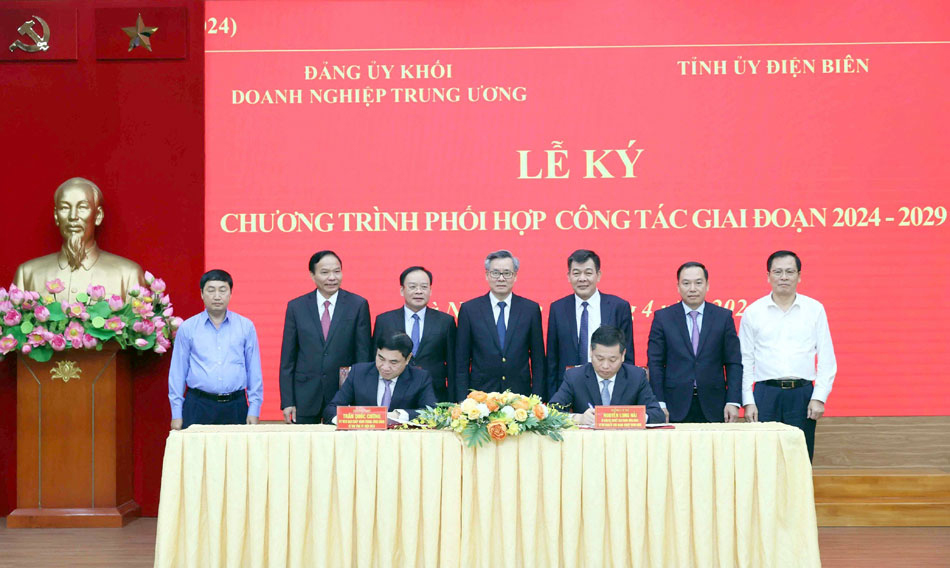
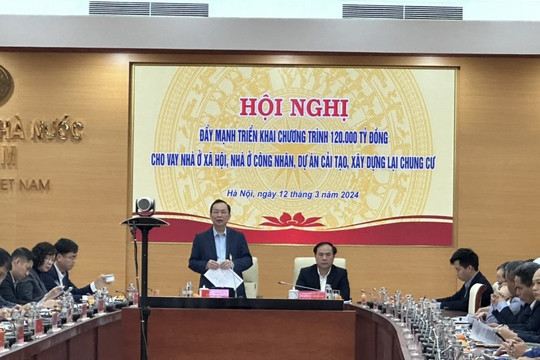








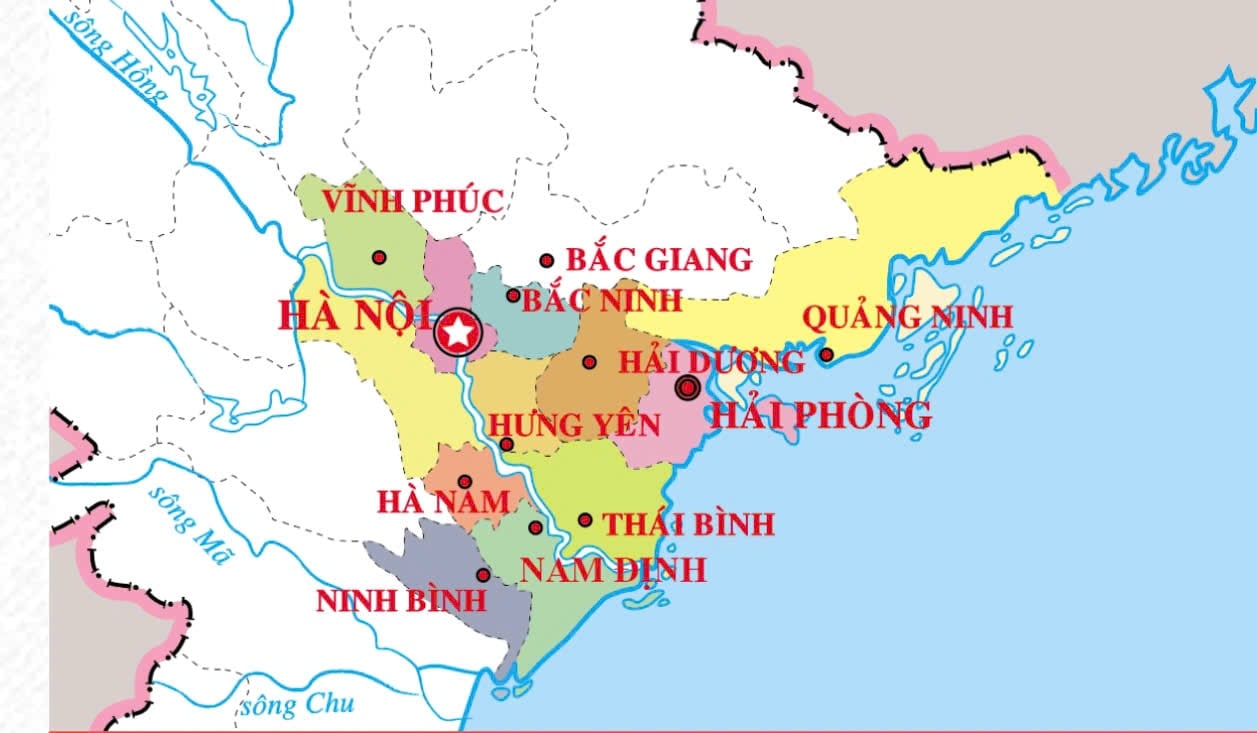



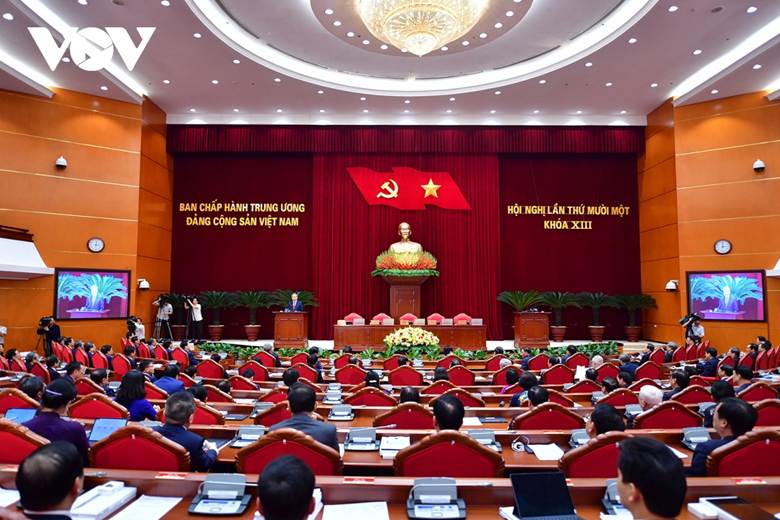




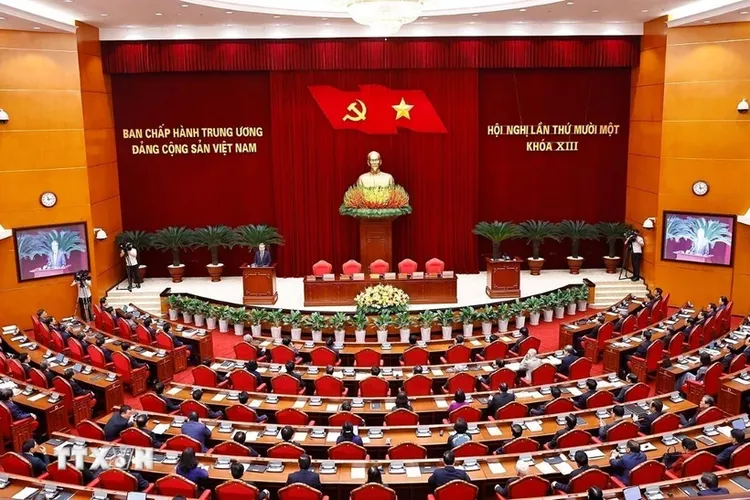











































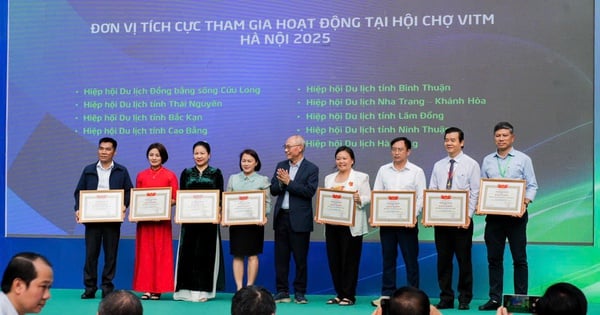



















Comment (0)